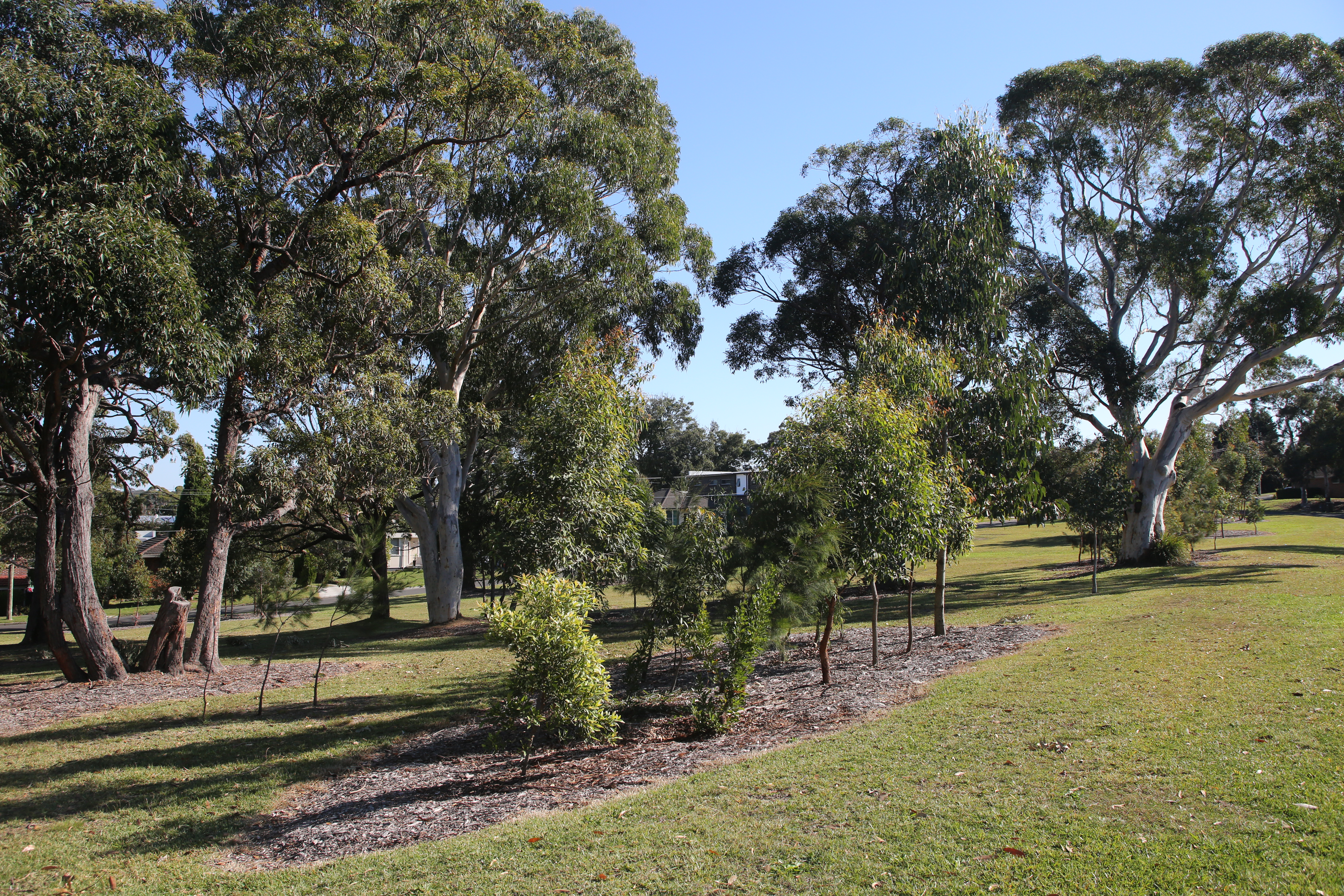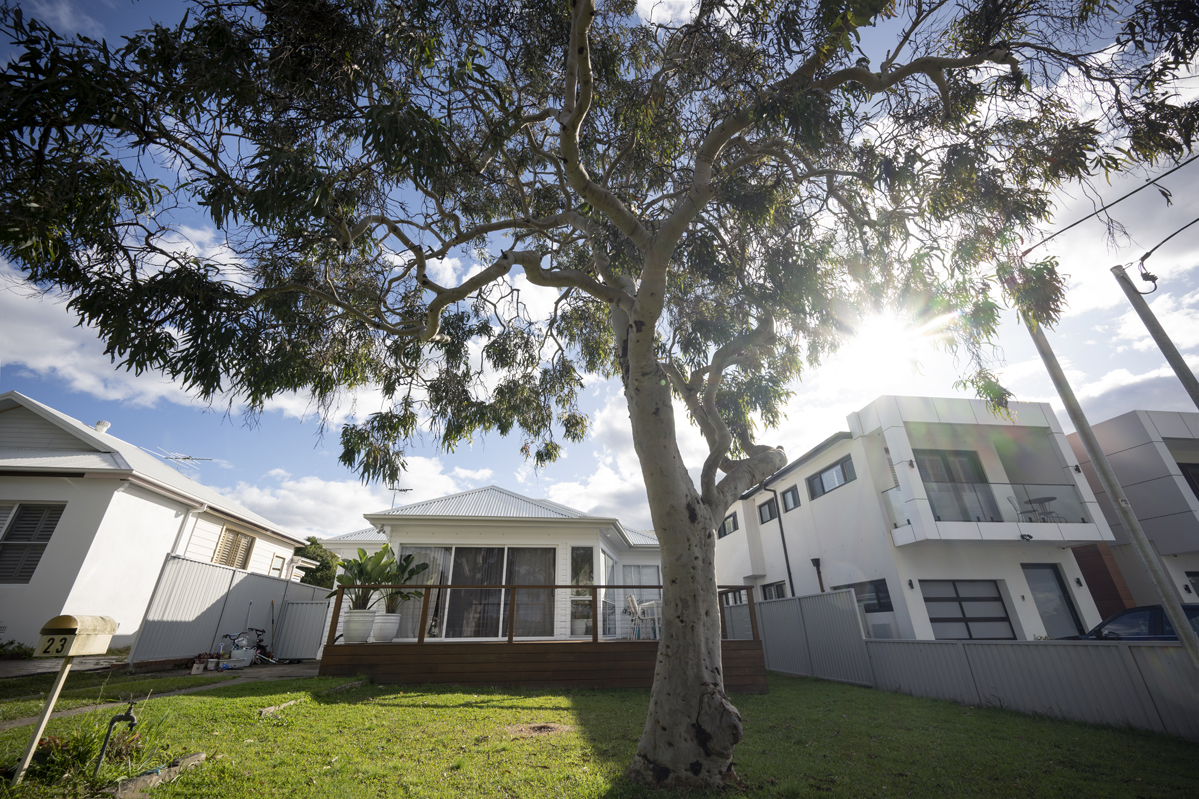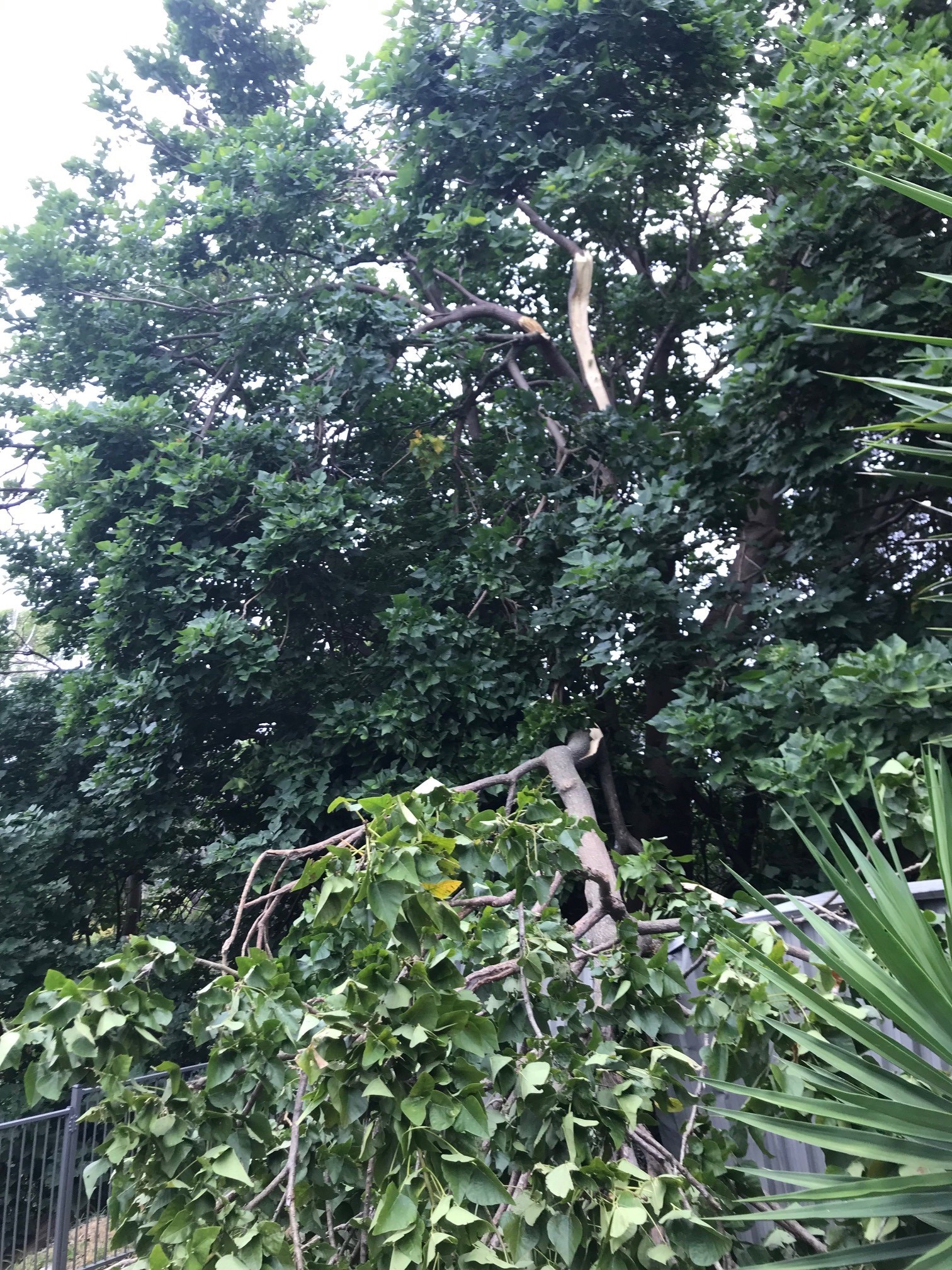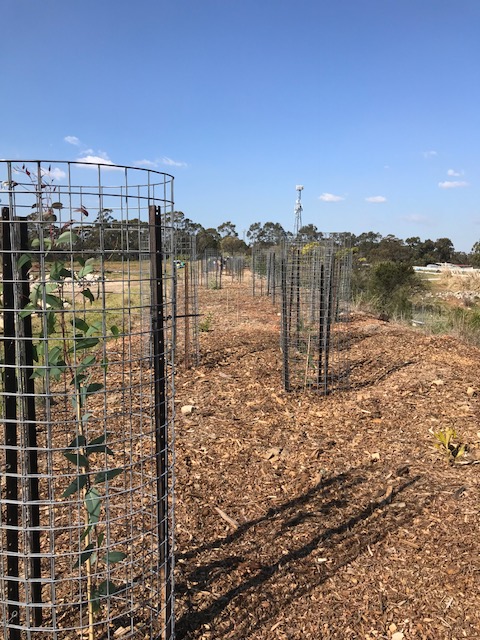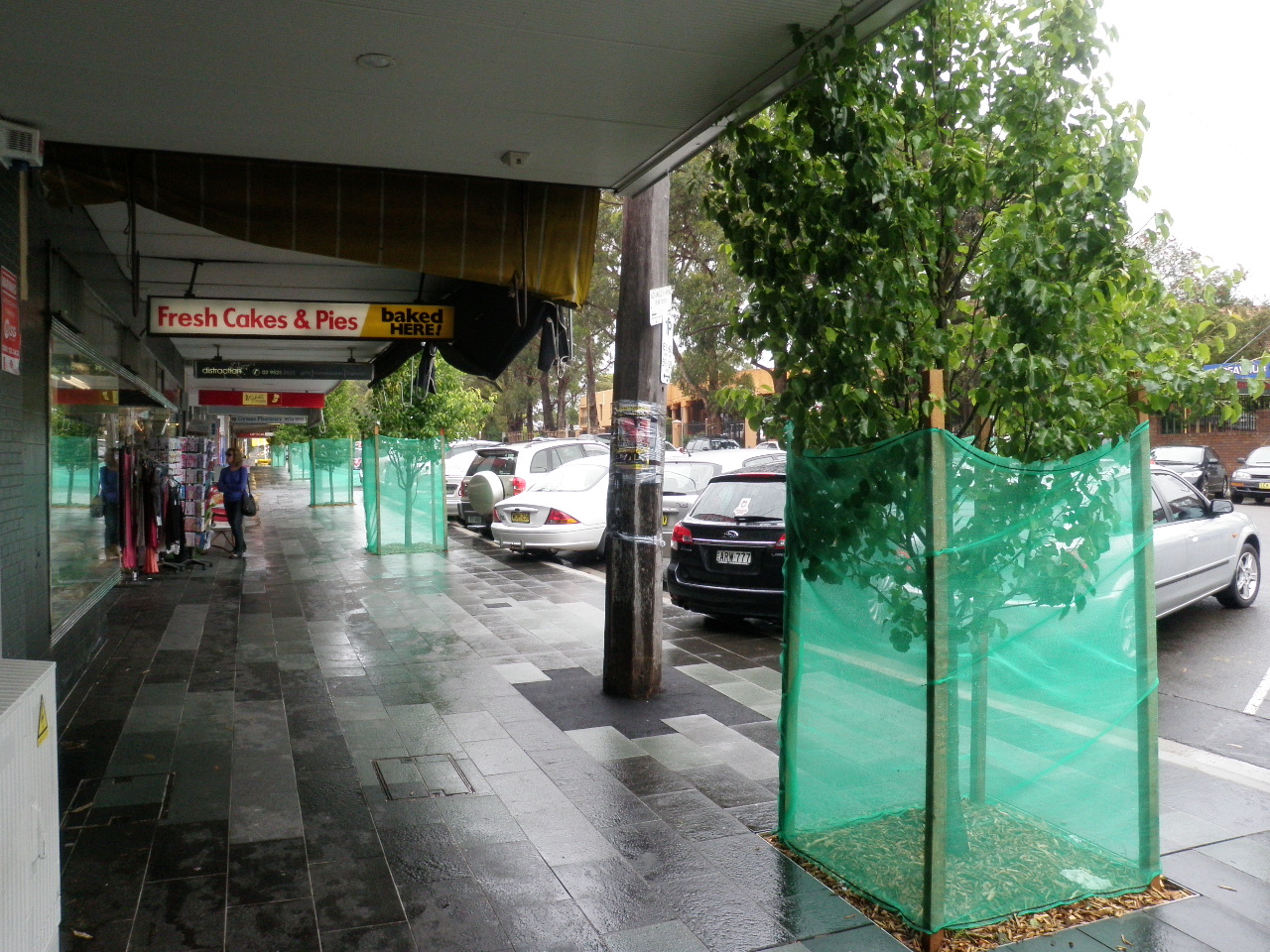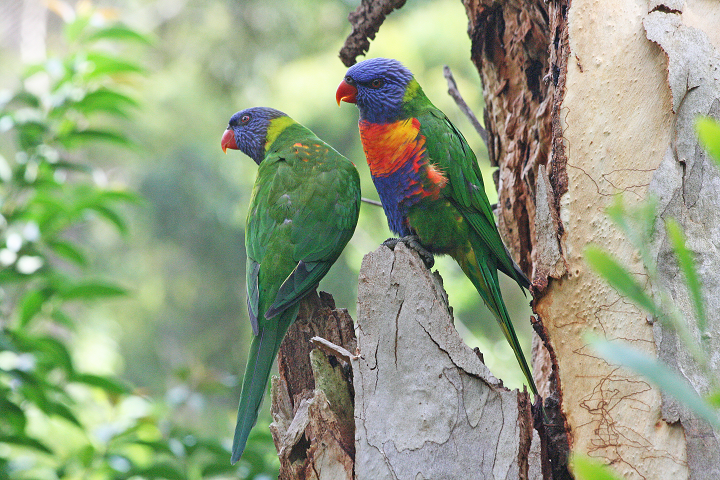Our tree population is a mix of species, age and condition, that we monitor to ensure the liveability of the our area, both now and for future generations.
We look after trees according to our Urban Tree and Bushland Policy to make sure they are managed, removed and replaced appropriately.
- Health - urban greening offers shade and creates settings for exercise and recreation
- Air quality - trees improve the quality of the air we breathe. They generate oxygen and remove pollutants such as gases, heavy metals, dust and particulates
- Water management - After heavy rains, the run-off from hard surfaces often contains toxins. Tree roots keep the soil porous so water soaks in more quickly, allowing soil microbes to break down many of the toxins and reduce the load on the stormwater system
- Biodiversity - the biodiversity benefits of bushland are higher than in urbanised areas. However, many native animals, birds and insects utilise urban trees and vegetation, which creates a connection to nature
- Economic - urban trees, vegetation and other natural assets provide significant economic worth. Studies show that an effective streetscape with shade trees has a positive influence on property values and consumer behaviour
- Urban Heat Island - trees and vegetation moderate ‘Urban Heat Island’ effects by providing shade over hard surfaces and buildings. Shading of windows, west-facing walls, air conditioning units, footpaths and public outdoor spaces provide the greatest benefits. However, careful species selection and placement are required to avoid the loss of sunlight during winter.
